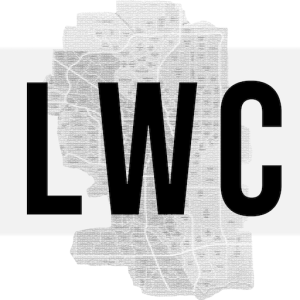Joborule
Active Member
Initially I wanted this too, but I get the impression that it's not going to happen, and will be at-grade, and I'm content with that. The costs to make it grade separated may be significantly more, and what's the trade off benefit? Will it really improve traffic on 16th avenue which is a traffic light parade? Does being at grade make 16th any worse than it is currently? That's really the only reason I can think of to do grade separation aside from accident prevention with the train.It all depends on what the contracts come in at for phase 1. Too high, find more money. Low enough, go to 16th Ave. Even lower, go to McKenzie Towne as well. Then the next $750m-$1 billion goes to 64th Ave North, far enough to truncate the BRT. Hopefully with a 16 Ave N grade separation.
But with this being a Low-floor train, the whole point is to have it integrated with the traffic essentially so you don't have to put up these costly grade separated infrastructures everywhere.


